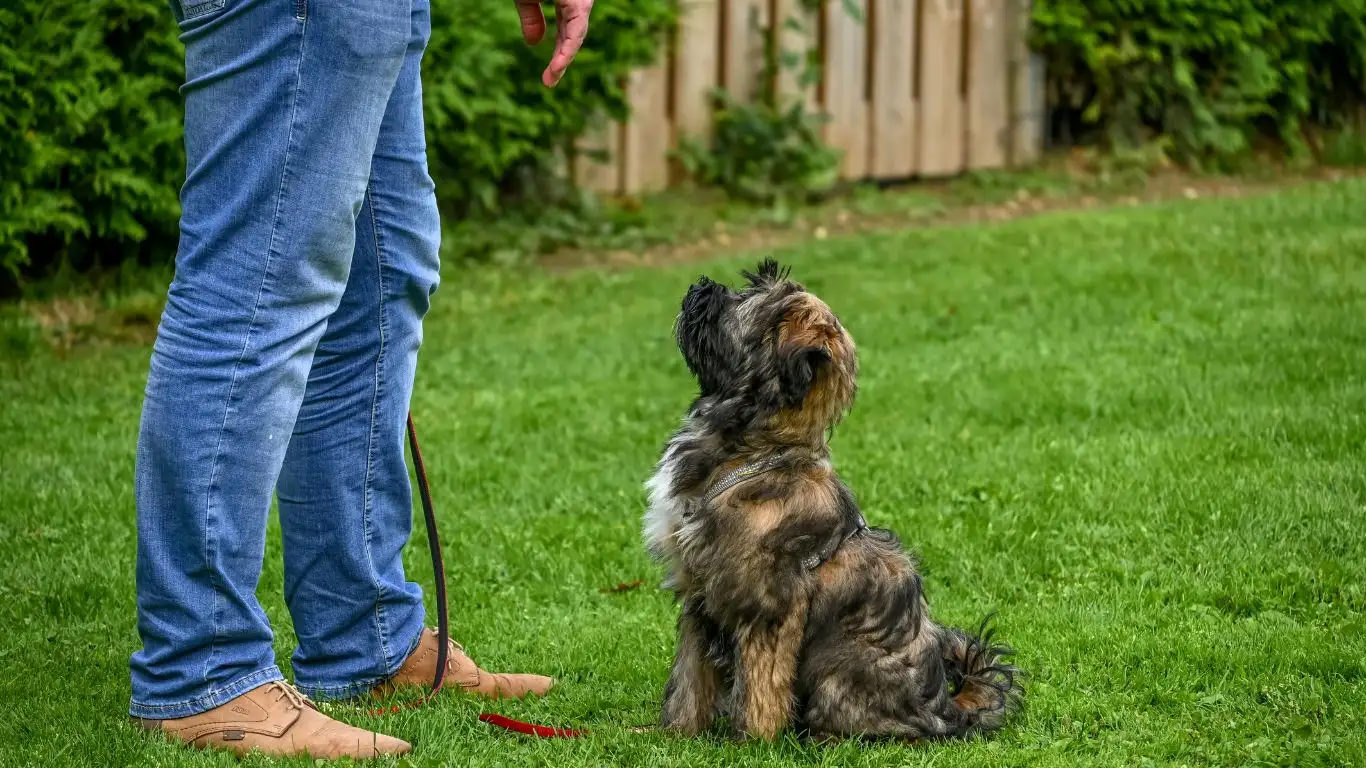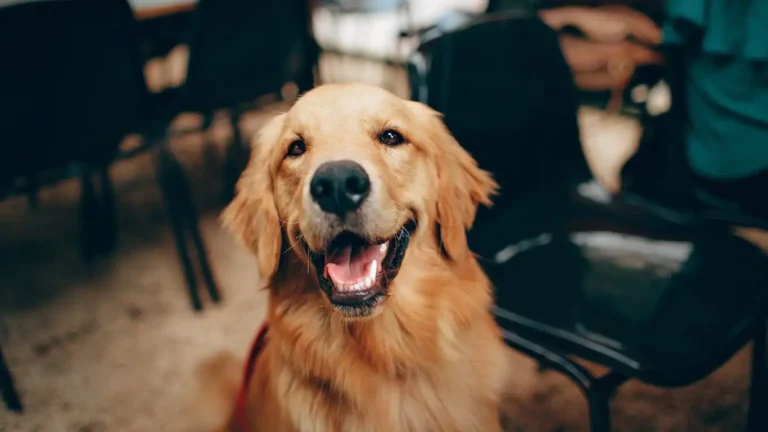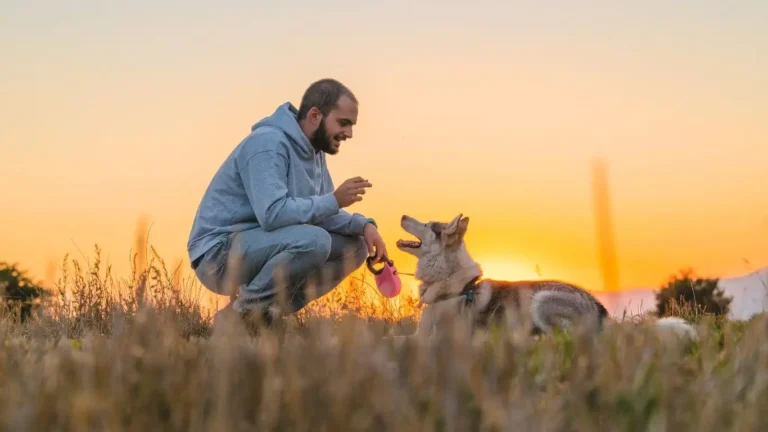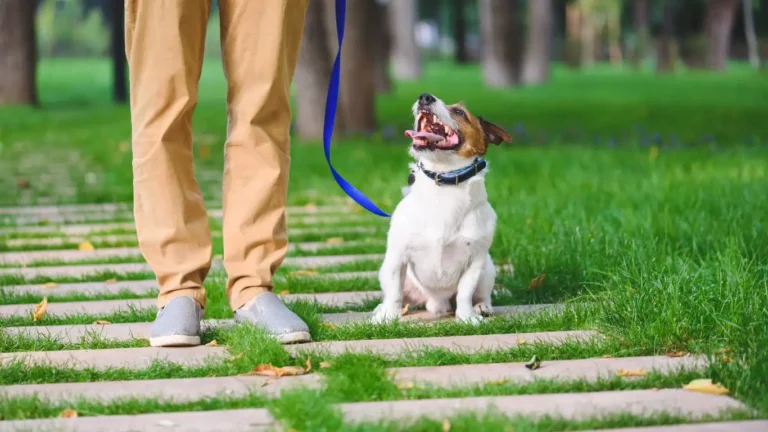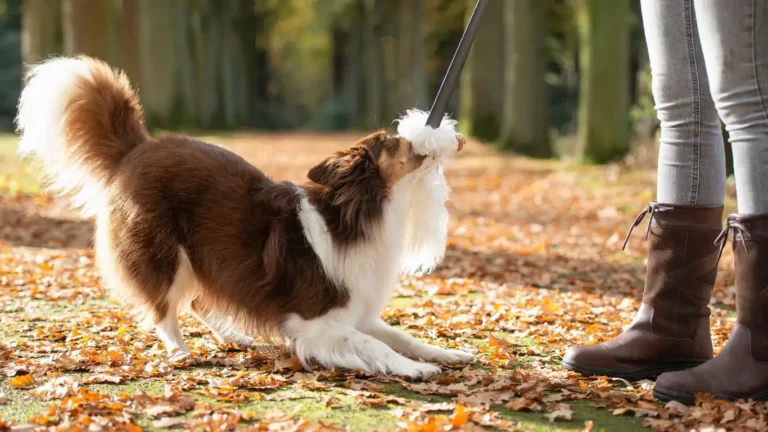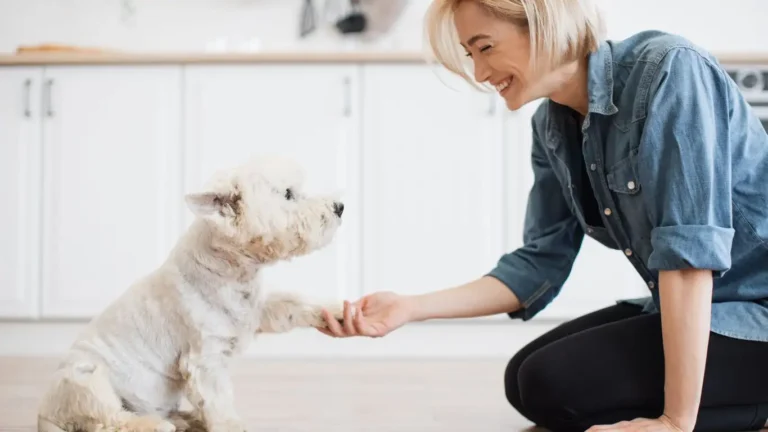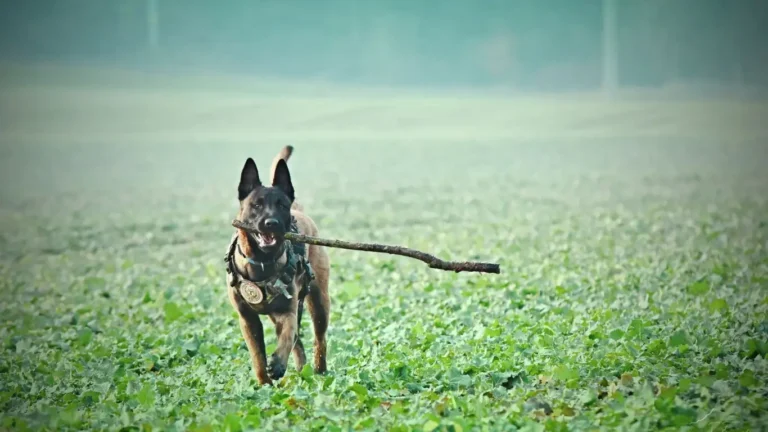How to Train a Dog to Tolerate Crating During Travel Like a Pro
Ever had your dog turn into a howling tornado the moment you bring out the crate before a road trip? If you’re nodding right now, you’re definitely not alone. As someone who’s spent years in canine-assisted therapy training, I’ve seen all kinds of crate drama—whining, pawing, full-blown meltdowns. And trust me, none of that makes for a peaceful travel experience. That’s why knowing how to train a dog to tolerate being crated during travel isn’t just useful—it’s essential for both your sanity and your pup’s well-being.
Why Dogs Struggle with Travel Crates
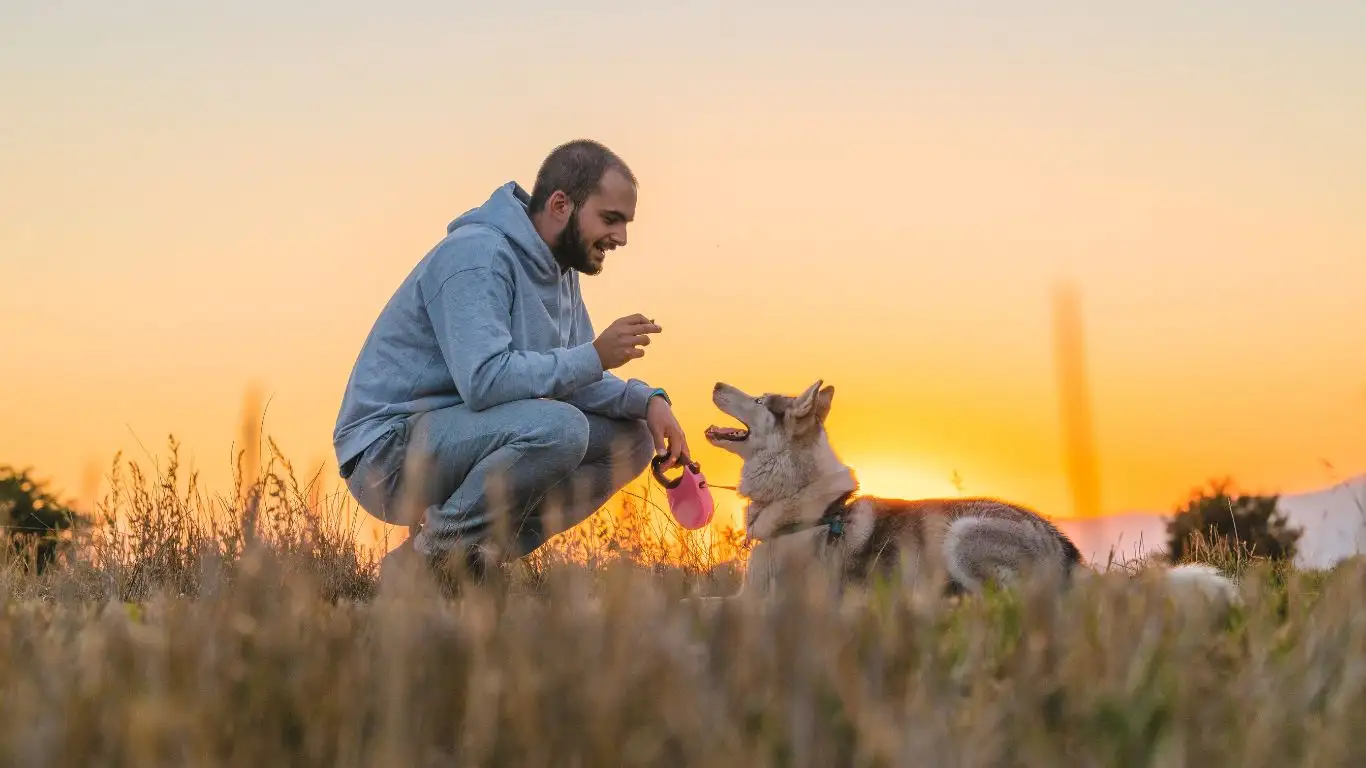
Let’s get real for a second—dogs aren’t born loving crates. Especially when that crate’s strapped into the back seat next to a duffel bag and a cooler. For many pups, a crate means confinement, restriction, and worst of all—separation. When you add the unpredictability of car movement, strange smells, or even a noisy airplane cabin, it’s no wonder dogs resist travel crates like the plague.
In my own practice, I’ve met anxious Chihuahuas, stubborn Huskies, and even mellow Golden Retrievers who hit their limit the second that crate door shuts. What I’ve learned is that it’s not about forcing them to “deal with it,” but about gradually building tolerance and even positive associations with the crate. That’s the sweet spot.
Building the Right Foundation: Crate Comfort Basics
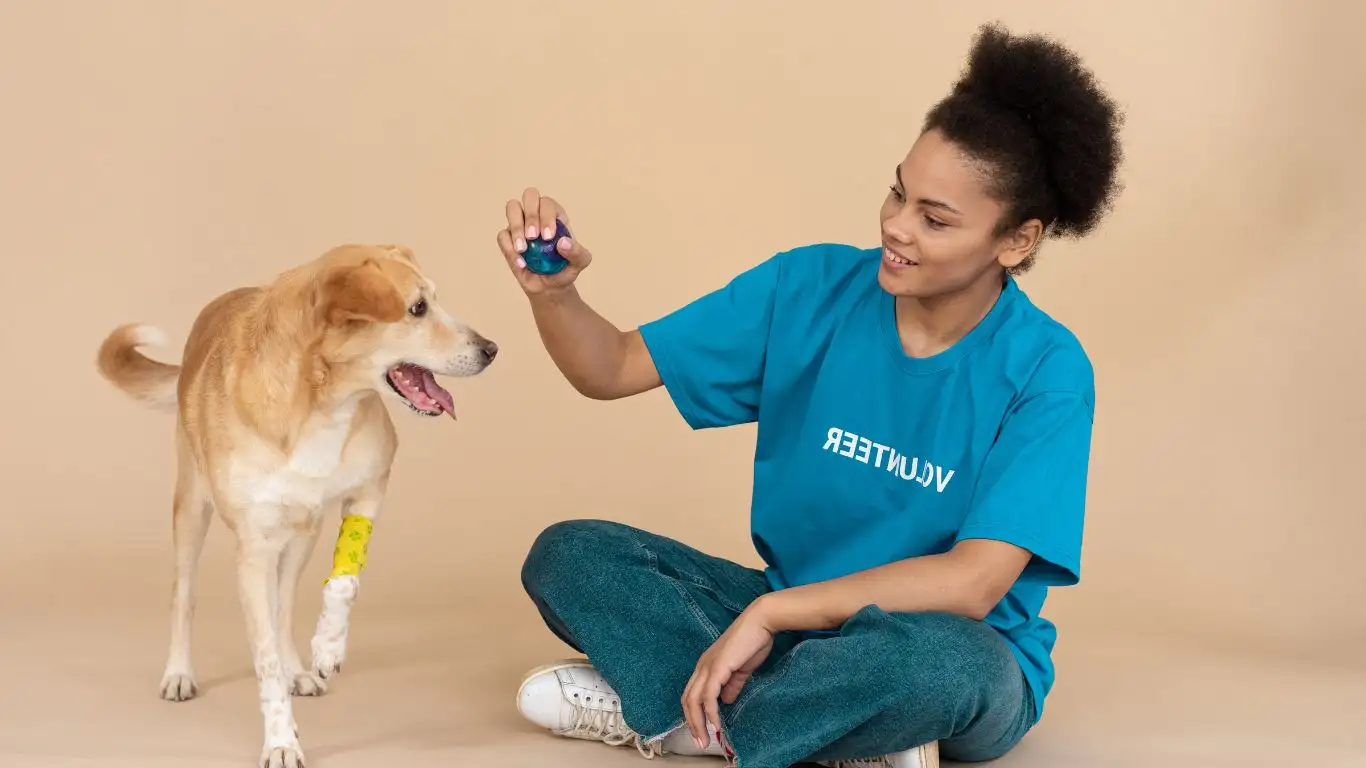
Start with the Crate Itself
If the crate you’re using looks and feels like a plastic prison, your dog’s not going to magically love it. Choose a crate that’s appropriately sized—enough room to stand up, turn around, and lie down comfortably. Soft-sided travel crates can work wonders for smaller dogs, while hard plastic or wire crates with cozy padding are better for bigger breeds.
Make It a Chill Zone
Crate training success starts before you ever leave the driveway. Turn the crate into a den, not a cage. Add a soft blanket that smells like home, a safe chew toy, and even a worn shirt with your scent. Dogs are highly sensory creatures—if the crate smells like you, it instantly becomes less scary.
Introduce It Slowly (Seriously, Take Your Time)
This is where most folks go wrong—they skip the gradual introduction. You can’t just throw your dog into a crate and hope for the best. Here’s a simple progression I often use with therapy dogs:
- Place the crate in a familiar room with the door open.
- Scatter some high-value treats inside. Let your dog discover them on their own.
- Feed your dog meals next to the crate, then inside the crate.
- Practice closing the door for short intervals while you’re nearby. Gradually increase the time.
Patience is key here. It might take a few days or even weeks, depending on the dog’s temperament. But rushing it almost always backfires.
Positive Associations: Reward-Based Travel Crate Training
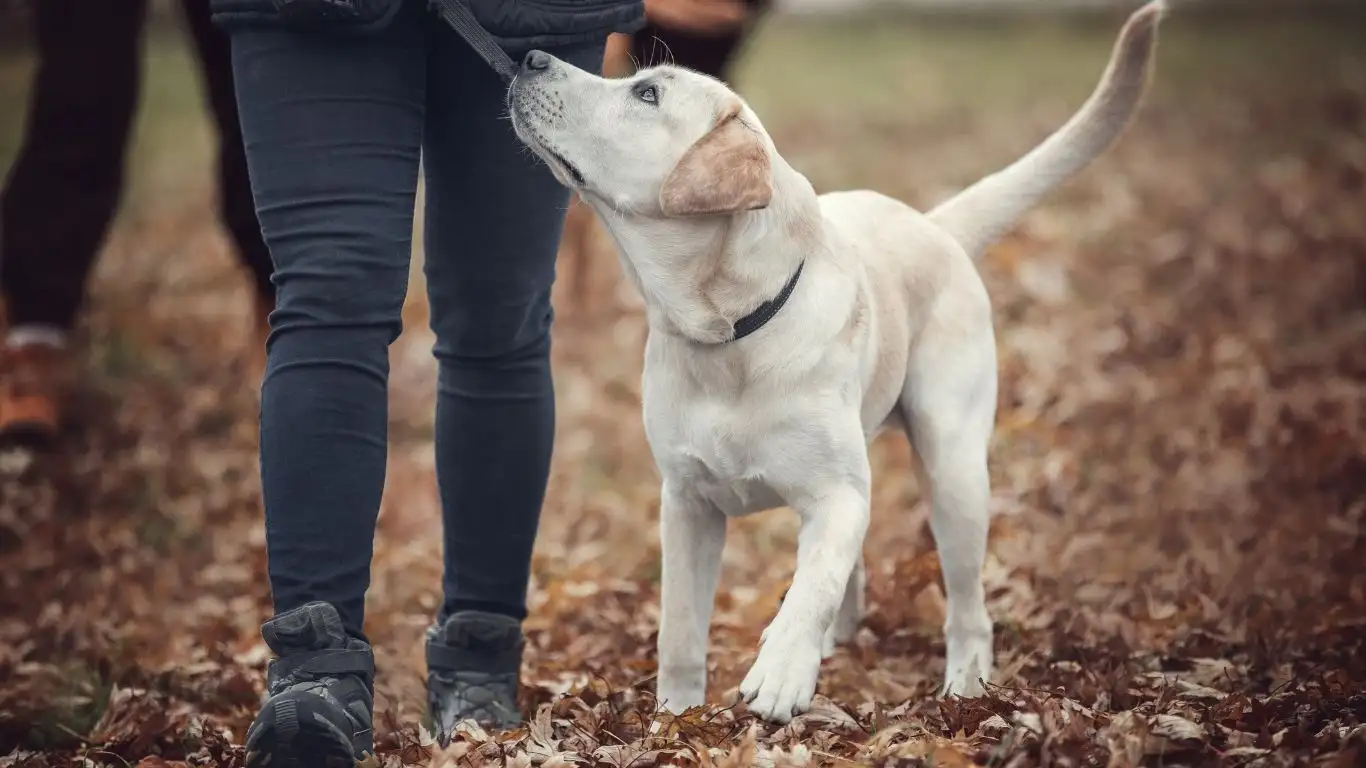
Let the Good Times Roll
Every time your dog enters the crate voluntarily, throw a mini party. Treats, praise, gentle petting—go all in. We want the dog to think: “Hey, this crate isn’t so bad. It actually gets me good stuff.” The goal is to flip the emotional script from fear to curiosity or even enthusiasm.
Use the Right Timing
If you reward your dog after they whine or bark and you open the crate door, you might accidentally reinforce anxiety. Timing is everything. Only reward calm behavior, and never use the crate as punishment. That’s a huge no-no I’ve seen far too often. The crate should feel safe, not like doggy jail.
Short Travel Simulations
Once your pup’s okay chilling in the crate at home, start with short car rides. Literally, just a trip around the block. Then back home. Each ride builds confidence and normalizes the travel environment. Keep the vibes positive—maybe even end the ride at a fun place like a dog park or walking trail.
- Pro Tip: For dogs who get carsick, avoid feeding right before rides. Also, crack a window for airflow—it helps with nausea and anxiety.
Over time, your dog begins to associate the crate and travel with neutral or even positive experiences. This kind of gradual desensitization works wonders—especially for dogs that already have mild crate anxiety or nervous energy.
Crate Training and Canine Mental Health
One thing I always emphasize as a trainer is that crate training isn’t just a physical adjustment—it’s an emotional one. You’re helping your dog feel safe in a very unnatural situation. That’s a tall order, especially if your dog’s been through trauma or simply hates confinement. I’ve worked with therapy dogs who came from rescues and had to unlearn all kinds of negative associations before they could even look at a crate calmly.
In those cases, progress might be slower—but it’s definitely possible. Sometimes, incorporating calming supplements (with your vet’s blessing), aromatherapy, or even classical conditioning with calming music can enhance the process. There’s no one-size-fits-all, and that’s the beauty of it—you’re building trust with your dog every step of the way.
Real-Life Wins: Case Studies from My Therapy Dog Training Sessions
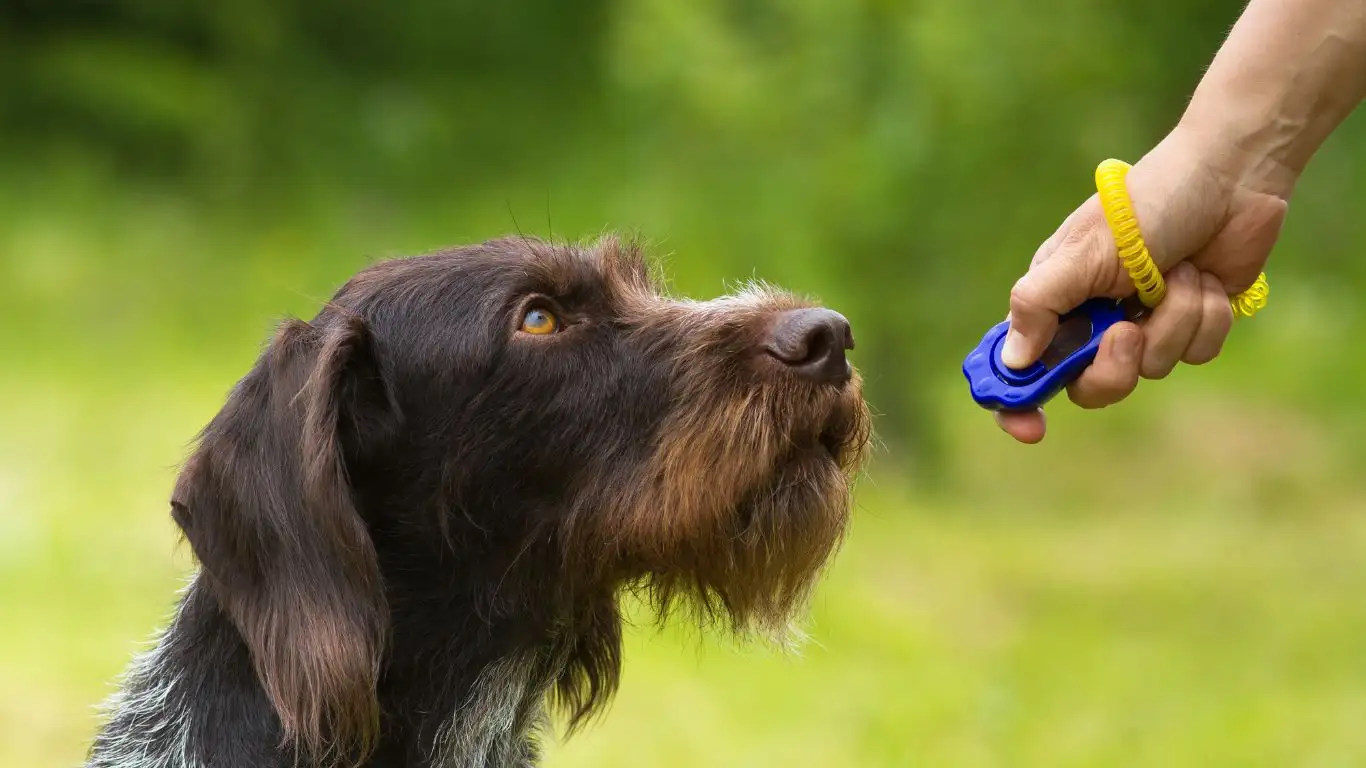
Let me share a quick story about Buddy, a goofy, lovable Lab mix I worked with last year. Buddy was all about cuddles and tennis balls—until it came to car rides in his crate. He’d scratch at the crate door, drool like a faucet, and bark the entire time. His guardian was on the verge of giving up on road trips altogether.
We tackled it step-by-step, and here’s what made the difference: consistency and calm energy. We started with daily five-minute “crate hangs” in the car without the engine running. Then we introduced motion—just pulling in and out of the driveway. Once Buddy was relaxed with that, we added short drives and slowly stretched them out. Within six weeks, he was riding quietly, snoozing in his crate like it was just another nap spot.
The takeaway? Crate training for travel is a process, not a quick fix. But with patience, it really works—even for high-energy dogs like Buddy.
Addressing Common Roadblocks in Crate Training
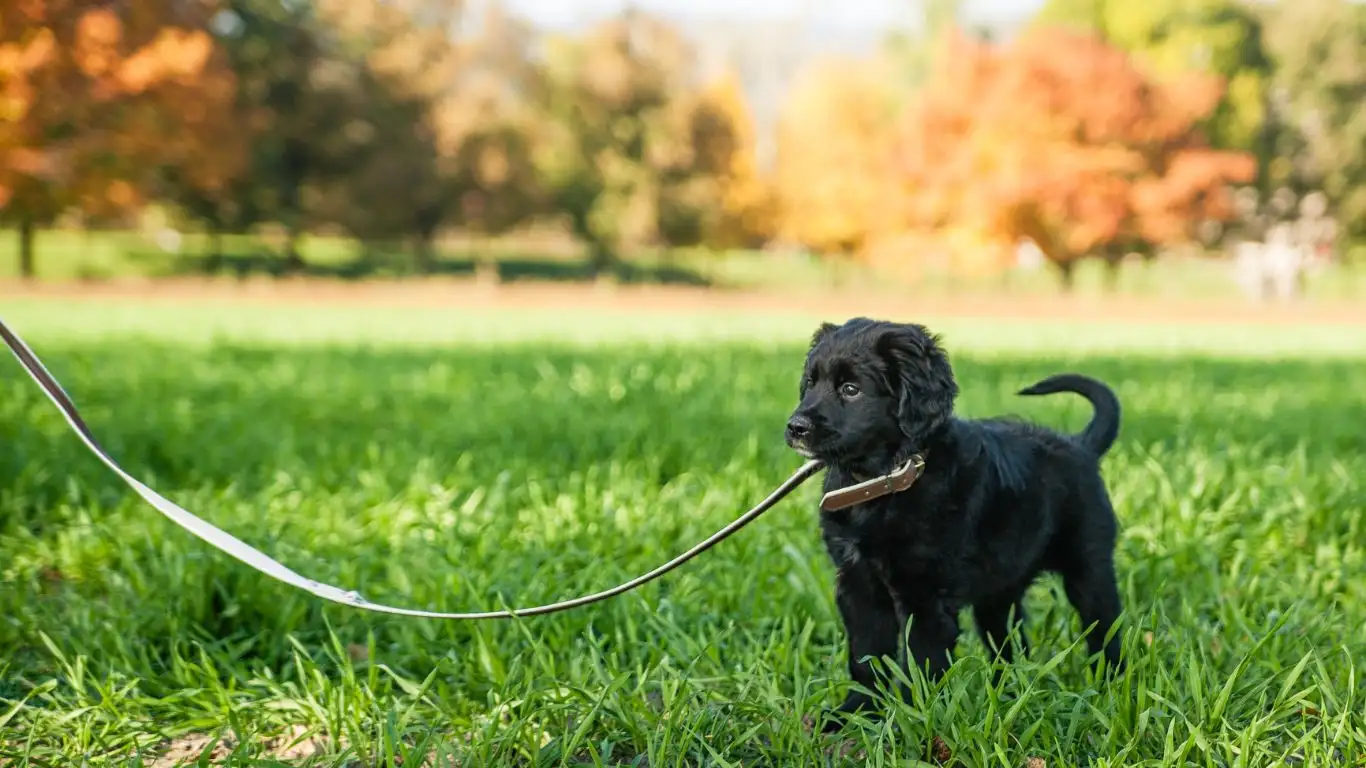
What If My Dog Hates the Crate—Even at Home?
This one’s common, especially if a dog’s been forced into a crate without prep work. The solution? Go back to square one. Treat the crate like it’s Disneyland. Meals, treats, praise—everything good happens near or inside the crate. If your dog shows signs of panic, don’t push it. Dial things back. Just sitting near the crate calmly is a win for some pups.
Also, keep crate time short and sweet in the beginning. We’re not trying to break a spirit—we’re building confidence. I tell my clients: Think of it as emotional weightlifting. Start light, add “reps,” and build tolerance slowly.
My Dog Is Fine at Home but Freaks Out When Traveling
That’s a sign that your dog has separated the crate from the travel context. We need to re-link those two experiences through contextual desensitization. In plain English: practice makes progress. Try setting up the crate in the car, but don’t go anywhere. Just chill with your dog. Treats, praise, then back inside the house. Repeat until the crate in the car doesn’t trigger a meltdown.
Gradual exposure works wonders. You’re not just teaching crate tolerance—you’re showing your dog that travel itself doesn’t have to be stressful.
Barking or Whining Non-Stop in the Crate?
Let’s talk vocalizing. It’s a tough one because if we rush to comfort them, we’re accidentally reinforcing the noise. But leaving them to “cry it out” can backfire too. Here’s what I recommend (and it’s worked for dozens of clients):
- Wait for a pause in the barking—even if it’s just a second.
- Immediately reward that moment of silence with a treat or verbal praise.
- Repeat. That pause gets longer over time. It’s all about reinforcing calm behavior.
Also, make sure your dog’s physical needs are met—potty, water, and exercise—before any crate session. A tired dog is usually a quieter traveler.
Travel Day Essentials: Setting Your Dog Up for Success
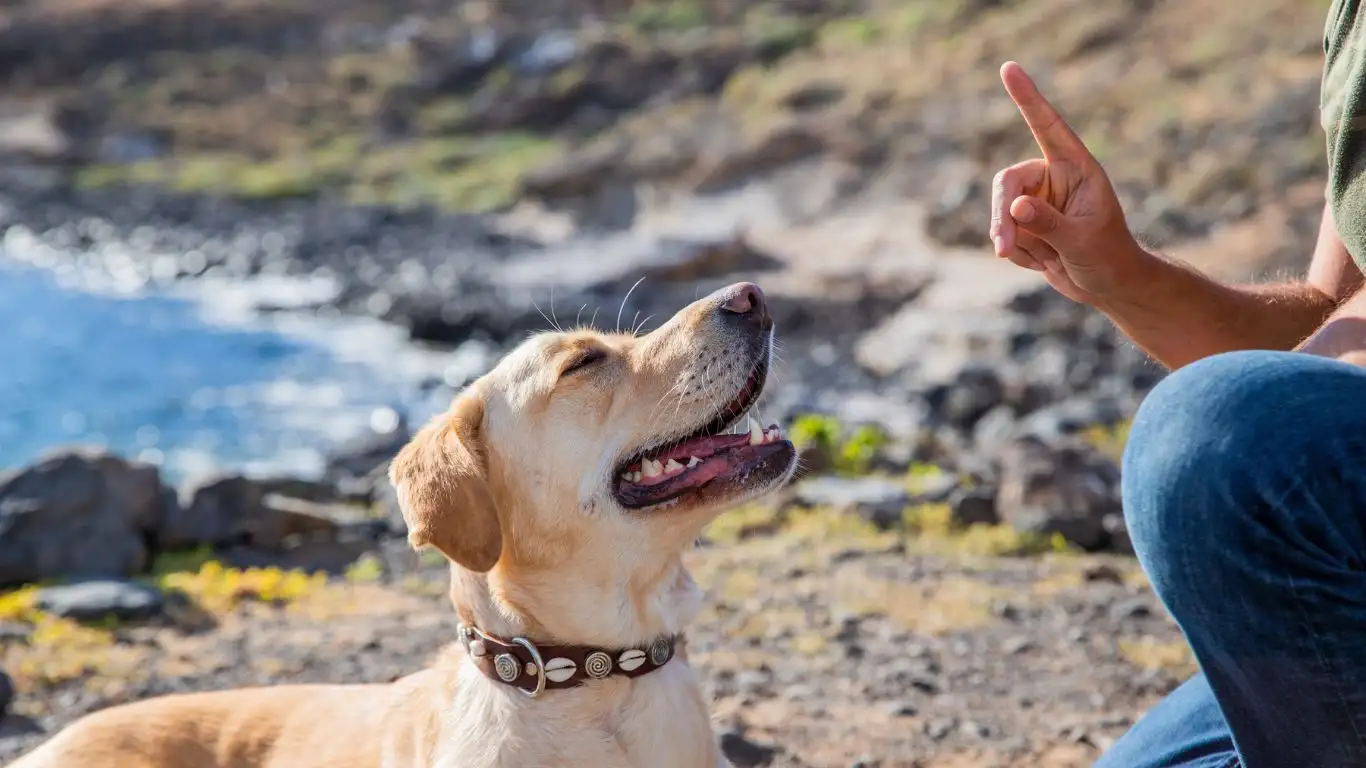
Checklist for Travel Crate Prep
Before you hit the road (or the skies), here’s a quick rundown of travel crate must-haves I always share with my clients:
- Ventilation: Make sure there’s plenty of airflow. Overheating is a real risk.
- Absorbent bedding: Accidents happen. Use puppy pads or washable liners under the blanket.
- Chew-safe toy: A stuffed Kong or safe chew toy can help pass the time and calm nerves.
- Water bottle: Attach a crate-compatible bottle for longer trips.
- Crate ID: Always include a tag with your name, phone, and your vet’s contact info.
Bonus tip? Toss in a lavender-scented sachet (just a small one outside the crate, never inside chewing range). Some dogs find the scent calming—just like some humans do with essential oils in traffic.
Timing Matters
Plan your travel schedule with your dog’s routine in mind. Don’t rush them into the crate five minutes before leaving. Give them time to settle. A pre-crate walk or play session helps burn off nervous energy. Think of it like letting a kid run around before sitting through a long flight.
Use Familiar Cues
Before closing that crate door, say a familiar cue like “crate time” in a calm tone. Repetition builds predictability. When dogs know what’s coming, they feel more secure. It’s something I teach early in therapy dog training, and it carries over beautifully to travel prep.
Understanding Travel Anxiety vs. Crate Anxiety
One thing I’ve noticed as a trainer is that people often lump all dog anxiety into one basket. But travel anxiety and crate anxiety aren’t always the same. Travel anxiety might show up even when the dog is free in the car—panting, pacing, or vomiting. Crate anxiety, on the other hand, is specific to confinement.
Sometimes, dogs have both. But sometimes, you solve the crate issue, and boom—travel becomes easier. I once worked with a senior Sheltie named Max who couldn’t ride five blocks without shaking. Turns out, he was fine with car rides if he wasn’t crated. But once we got him comfy with a softer crate style and added a cushion he loved, his stress dropped dramatically. He even started jumping in the crate on his own!
That’s why observation is key. Pay attention to where the stress is coming from—movement, sound, confinement—and work from there. Your dog will tell you what’s going on. You just have to learn how to “listen.”
Advanced Crate Comfort Strategies for Long-Distance Travel
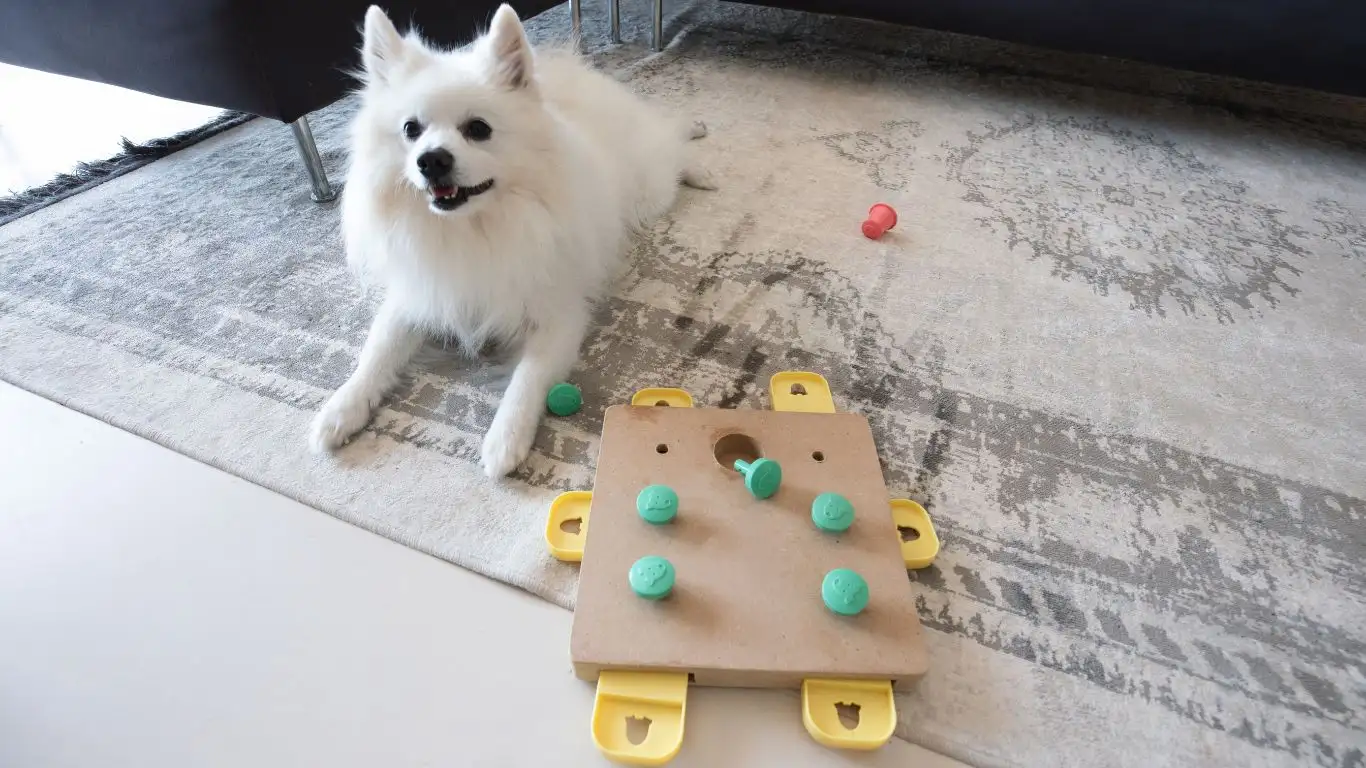
Alright, so let’s say your dog is now doing okay in the crate for short trips around town—great start! But what about those long-distance adventures? Road trips, flights, or even multi-day travel plans can bring up a whole new set of challenges. This is where we really lean into the “trainer tricks” I’ve used with therapy dogs who needed to handle hours in transit.
Pre-Travel Conditioning Sessions
Leading up to a big trip, I often recommend scheduling dedicated crate sessions that gradually increase in length. For example:
- Day 1–3: 20 minutes in crate with mild background noise (TV, radio)
- Day 4–6: 45 minutes with the car engine on or car parked in a new location
- Day 7–10: 1–2 hour drives with breaks
During these sessions, you’re not just building tolerance—you’re normalizing the feeling of being crated for longer durations. Some dogs even start to view crate time as a break from stimulation. That’s when you know you’ve nailed it.
Layer in Calming Tools (When Needed)
For dogs who are extra sensitive or who’ve had past trauma, I sometimes recommend combining training with supportive calming tools. These might include:
- Adaptil sprays or diffusers (dog-appeasing pheromones)
- Veterinarian-approved calming chews or supplements
- Compression shirts like the Thundershirt (can reduce anxiety in some dogs)
Just make sure to test these before your travel day. Every dog reacts differently, and we don’t want surprises mid-trip.
Crate Training for Air Travel
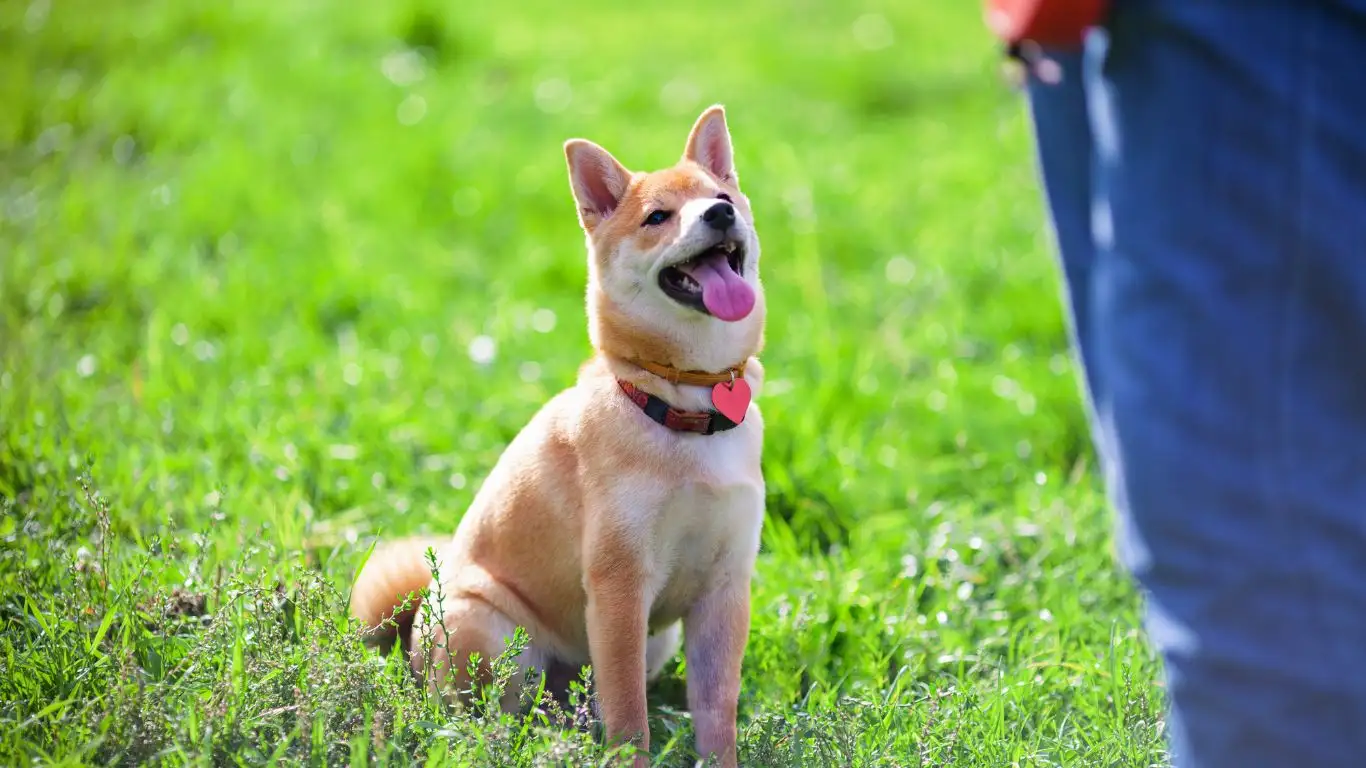
Flying with your dog? First, deep breath—because yes, it’s totally doable with the right prep. I’ve helped several clients get their dogs ready for flights, and while it takes some extra planning, it can go surprisingly smoothly if you set the stage right.
Know the Airline Rules
Each airline has slightly different requirements for crate size, material, and labeling. Some allow soft-sided carriers in-cabin (for small dogs), while others only permit hard-shell crates in cargo. Always double-check directly with the airline a few weeks before flying. You can usually find the pet policy right on their website or linked through a travel section on akc.org.
Airport Practice Runs
If you live near a pet-friendly airport, practice runs are gold. Take your dog to the entrance (if allowed), let them hear the sounds, feel the energy, and explore the surroundings. Even if you can’t go inside, just being near the environment can help desensitize them.
Pre-Flight Ritual
Here’s something I’ve used for my own dogs and client pups: create a calm, predictable pre-flight routine. Morning potty, light exercise, crate with a favorite toy, soothing voice, then go. No stressy energy, no frantic last-minute packing in front of them. Dogs are emotional sponges—they pick up on your energy in a heartbeat.
When Things Don’t Go as Planned (And How to Handle It)
Even with the best training, sometimes things go sideways. Maybe your dog has a panic episode halfway through a long drive. Or maybe your flight’s delayed and they’re crated for longer than expected. It happens.
Quick Tips for Mid-Trip Meltdowns
- Pull over safely and let your dog out (if it’s safe and legal) for a potty/stretch break.
- Speak calmly and avoid making a big deal. The more neutral you are, the more stable they’ll feel.
- Offer water and a chance to decompress.
One time, I was flying cross-country with a therapy candidate dog named Luna—sweetest Aussie, but she hit a rough patch during a long layover. What helped? A quiet, low-stim environment (thanks to a kind gate agent), some gentle petting through the crate door, and giving her a piece of freeze-dried liver. By the time we boarded, she was back to her zen self.
Bottom line? You’re not failing if your dog struggles. It’s all part of the process. You’re showing up, learning their needs, and helping them feel safe. That’s what good training—and good guardianship—is all about.
Resources to Deepen Your Training Game
If you’re interested in diving deeper into training methods, behavior support, or canine travel prep, here are a few reliable sources I trust:
- American Kennel Club (AKC) – Great crate training tips and travel guidelines
- PetMD – Covers behavioral issues, calming techniques, and travel health
- Health.com – For insights on how pet ownership affects our mental health (and vice versa)
- NIH – Research-backed studies on the human-animal bond and emotional regulation
Final Thoughts: The Heart of Crate Training
Honestly, crate training for travel isn’t just a technique—it’s a trust exercise. You’re asking your dog to be vulnerable, to give up control in an unfamiliar situation. That takes courage on their part and patience on yours.
As a Canine-Assisted Therapy Trainer, I’ve learned that the dogs who succeed in this area aren’t the “perfect” ones—they’re the ones with humans who stick by them, meet them where they’re at, and move forward one step at a time. That’s the secret sauce.
If you’re just starting this journey, or even if you’ve tried before and hit roadblocks—don’t give up. You’ve got this. And more importantly, so does your dog.
Disclaimer
The information in this article is for educational purposes only and not intended as a substitute for veterinary or behavioral advice. Always consult with your vet or a certified trainer before starting new training programs or administering supplements, especially if your dog has a medical or behavioral condition.
